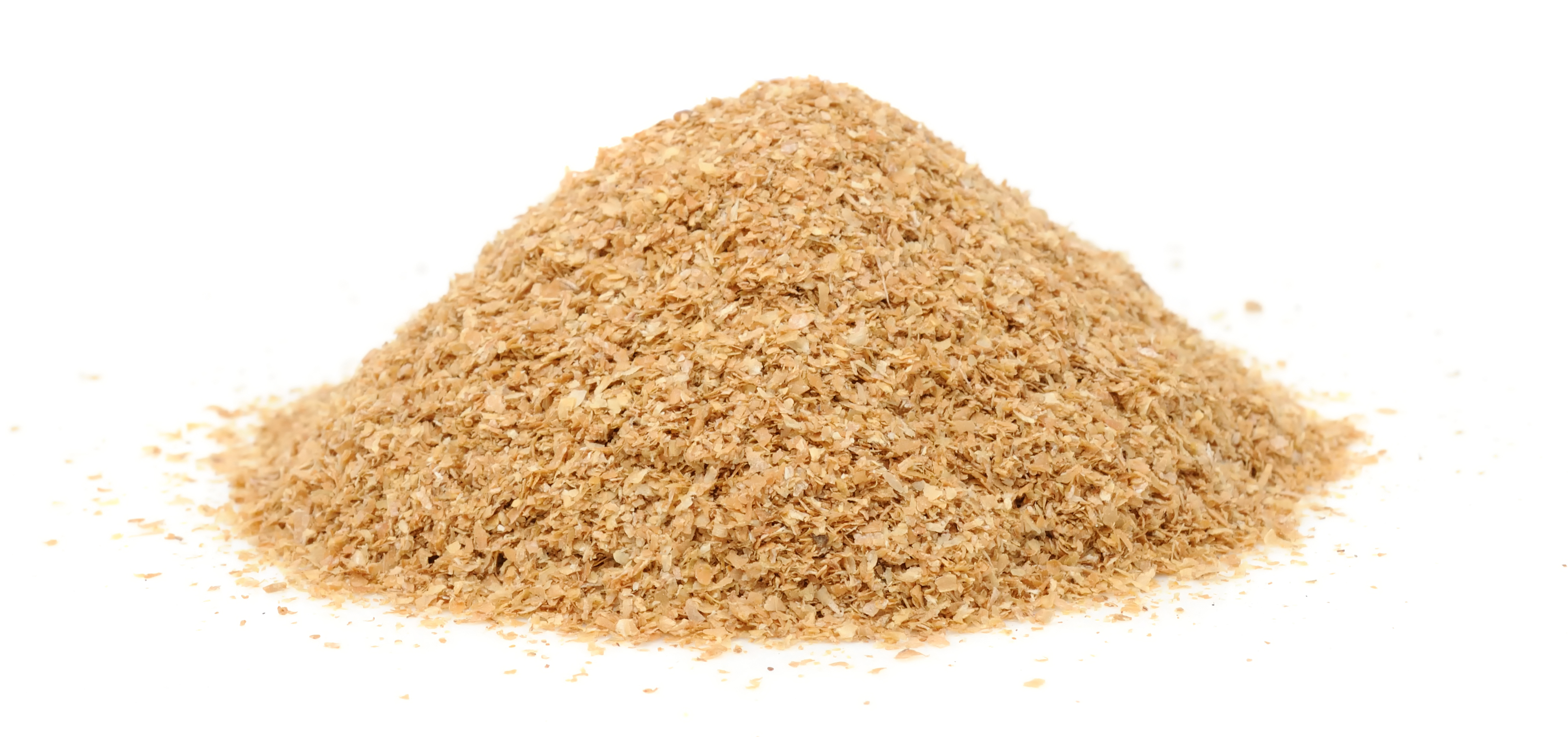What is It and Where Does it Come From?
Bee Pollen has been called one of nature’s most perfect foods. Bee Pollen contains the male gametes of plants found as small dust pellets in the stamen of flowers. The male germ cell of plants is the most nutritious part. When the bee lands it get covered in the pollen. The pollen is brushed off the bees legs with a special device that is placed at the entrance of the hive by the bee keeper.
What is the Nutritional Value?
Bee pollen is packed full of antioxidants, vitamins, minerals and hormones in combination with digestive enzymes from the bees. Scientists agree that enzymes are absolutely essential for every biochemical function of the body.
Continue reading




You must be logged in to post a comment.